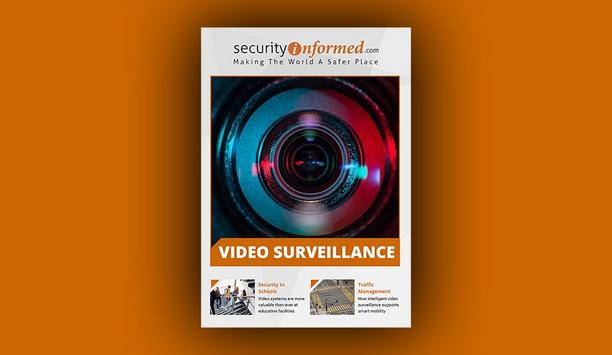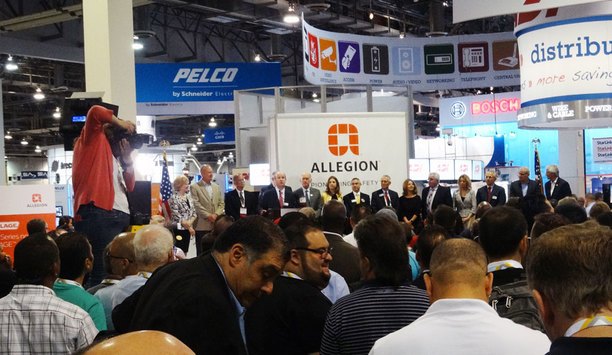Recently at a conference, one of my media colleagues asked an interesting, and basic, question: What exactly is an open system?
Many of us think we know what an open system is, but the ensuing discussion provided several different answers, many of them centered on what an open system is NOT (rather than what it is).
An open system does not limit a customer’s options. An open system provides maximum flexibility as a system evolves over time. In other words, an open system doesn’t lock you in, or limit your choices. If your technology roadmap takes a sharp left turn, an open system allows you to adapt, to incorporate new technologies introduced to the market, etc., without incurring a lot of extra expense.
In this regard, an open system lowers the level of “pain” for the end user customer. It “shouldn’t take a Ph.D. to make a change.” Augmenting or expanding a system should be easy and manageable within an existing environment without extra disruption or expense. One person at the conference said “open is smart, it’s current, and you can support change without a lot of pain.”
Standards For Open Systems: Important Or Not So Important?
So far, no mention of the role of standards in open systems. Historically, I have understood that standards are the cornerstone of an open system. However, today’s “open systems” depend less on standards and more on integration tools such as application programming interfaces (APIs) and software development kits (SDKs). These tools, specific to each manufacturer, provide a means to integrate the manufacturer’s systems with other third-party systems. But that integration has to take place in order for the systems to work together. Typically, companies integrate with a variety of third-party manufacturers.
Which brings us to another aspect of whether a system is open: It’s not a yes or no answer. One might think that a system is either open or closed, but in fact, there are many degrees of openness, reflected by how many third party technologies are integrated and how easy the integrations are.
One might think that a system is either open or closed, but in fact, there are many degrees of openness, reflected by how many third party technologies are integrated and how easy the integrations are |
But are systems that have to be integrated really open? Is the creation of standards that enable systems to be combined without being specifically integrated together beyond the realm of possibility? Organizations like ONVIF create profiles to implement simple integration, but end users and installers often say they want a deeper level of integration that goes beyond what ONVIF offers. So we’re back to the SDKs and the APIs.
‘Less-Flexible’ Open Systems
Even in the case of open systems, an end user will likely commit to a specific platform, if not to a single manufacturer. While that platform may integrate well with a wide variety of third parties, there still may be limitations. In effect, they are “locked into” a platform, and getting out could cause the aforementioned pain and expense. We have heard mention in the market of some formerly “open” systems that have not kept up with the required integrations and therefore now are the equivalent of “closed.” Open systems may also have limitations in flexibility (which might be only a theoretical consideration if there are plenty of options available).
Ironically, even so-called “closed” systems – the more pleasant term is “end-to-end solutions” – often offer some level of openness. You might hear assurances such as “We provide an end-to-end solution, but our technology has also been integrated with X number of third party companies.”
Unification – The Latest Buzzword In The Security Market
The short answer: Open may not be completely open, and closed may not be completely closed. Are we making sense yet?
Which brings us to a new buzz word we hear in the market today: Unification. As I understand it, unification is better than integration – it’s deeper, richer, provides more functionality. Unification is a word often used by “end-to-end solution” manufacturers to describe how well their own systems work together. For example, a video system and an access control system from the same manufacturer are said to be “unified” in that they were developed together, side-by-side and hand-in-glove, and maximize each other’s highest levels of functionality. Feature for feature, they provide a deeper level of integration than is possible using standards, SDKs or APIs, the argument goes. But even unified systems may be claimed to be open – a video system can be integrated with another third-party access control system, for example (although presumably at a shallower level.)
What is an open system? Is there really any such thing in our market? To what extent is “open” a marketing term rather than a real description of technology? These are all interesting and timely questions as end users consider their technology roadmaps – today and in the future.










































